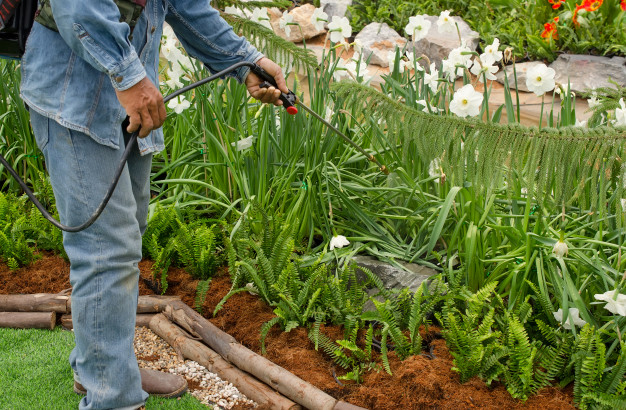Before purchasing your portable generator, there are two essential things you should always consider; it’s versatility and handiness. This will significantly help in cases of breakdown. How? Once you’re sure of your portable generator power and versatility, then it becomes more comfortable for you to identify it’s spare parts availability.
If you want your portable generator to last longer, then you’ll have to follow the number one rule of owning a portable generator strictly. Bonus: Maintenance. Proper maintenance will ensure your portable generator works efficiently.
Outlined below are five tips for maintaining your portable generator for efficiency.
1. Fresh Oil Helps
Changing the oil of your machine regularly replacing it with a fresh one will maintain your engine for efficacy. If your generator is new, then it needs to be synchronised exactly after 30 hours of use. This sounds demanding and tiresome but, you’re never going to regret it.
Don’t worry because as time goes by, changing the oil of your small engine will only be done after every 100 hours of use, or even after every season.
It is always important to have a stock of oil or gas set aside in case you run out of power. The fact is that you’ll never know when you’re going to have extended power outages. This is to prevent your engine from corrosion.
2. Plugs & Filters
Ensure that your generator has a way of igniting gas into the engine cylinders otherwise, your generator will have no use.
However, maintaining your generator will have you change your plug and air filter occasionally. You can do this after using it for 200 hours or maybe once at the start of each season.
Having done that successfully, your generator will have a proper fuel-air mixture that will help your generator work efficiently thus, an extension of lifespan.
3. Store Your Generator on an Empty Tank
This implies that if you ’re planning to store your generator for longer, maybe a month or so. But, before you do that, ensure that you drain the fuel from the tank.
However, there are necessary steps you’ll need to follow before emptying your generator’s fuel tank. First, you’ll have to add a quality gas stabilizer to the fuel tank and allow it to run for about 15 minutes.
Once you’ve done that, allow your engine to cool down, then start your engine and run it until it runs out of gas and automatically shuts down.
On the other hand, you may use a siphon that’s non-conductive to remove excess gas in the tank. Remember, the siphon should be non-conductive to prevent the fuel tank from static electricity.
4. Charge the Battery
You can charge your generator only if it has a battery because not all of the generators use a battery. Some of the generators are electric starts feature so; they will need to charge before storing them.
You can as well plug your generator’s battery in a trickle charger for freshness and availability.
5. Train in the Off-Season
As you continue to store your generator, you are advised to always start it after every month allowing it to run for some few minutes.
This will help keep your generator’s features lubricated because oil will be circulating through the engine.
Wrap Up
Had problems before maintaining your portable generator? Worry not because the above tips have provided solutions to your questions.
Read More:






















